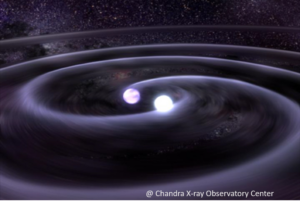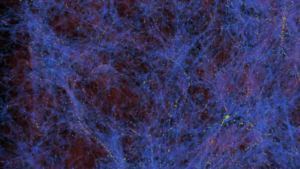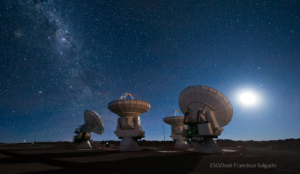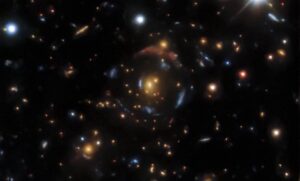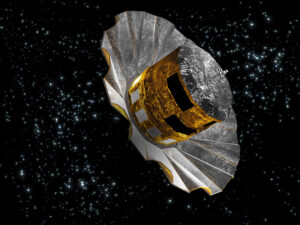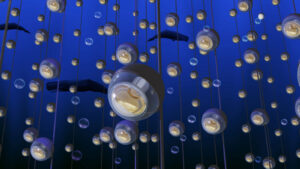
Antoine Kouchner , Laboratoire Astroparticule et Cosmologie (APC) Paris, is the ANTARES experiment spokesperson
Abstract: Messengers of the infinitely small, neutrinos provide us with valuable insights into the fundamental laws of physics. Messengers of the infinitely large, traveling on cosmological distances, they are privileged probes of cataclysmic astrophysical phenomena.
Neutrino Telescopes, buried deep in the sea/lake/ice are trying to meet this double challenge. These detectors consist of a 3D matrix of photomultipliers that detect the Cherenkov light inferred by the displacement of charged particles produced when neutrinos interact inside or around the detector.
After a brief historical introduction, I will review the latest results from the first generation deep-sea neutrino telescope ANTARES and the expectations and status of the next generation detector KM3NeT, both immersed in the Mediterranean Sea. In this context, synergies with Earth and Sea sciences will be mentioned.
Some emphasis will be placed on the potential of neutrino telescopes for the determination of the neutrino mass ordering through oscillation studies of atmospheric neutrinos in the GeV range (KM3NeT/ORCA) in the Mediterranean Sea.
Miércoles 26 abril, 12:10 horas, Seminario de Física Nuclear



